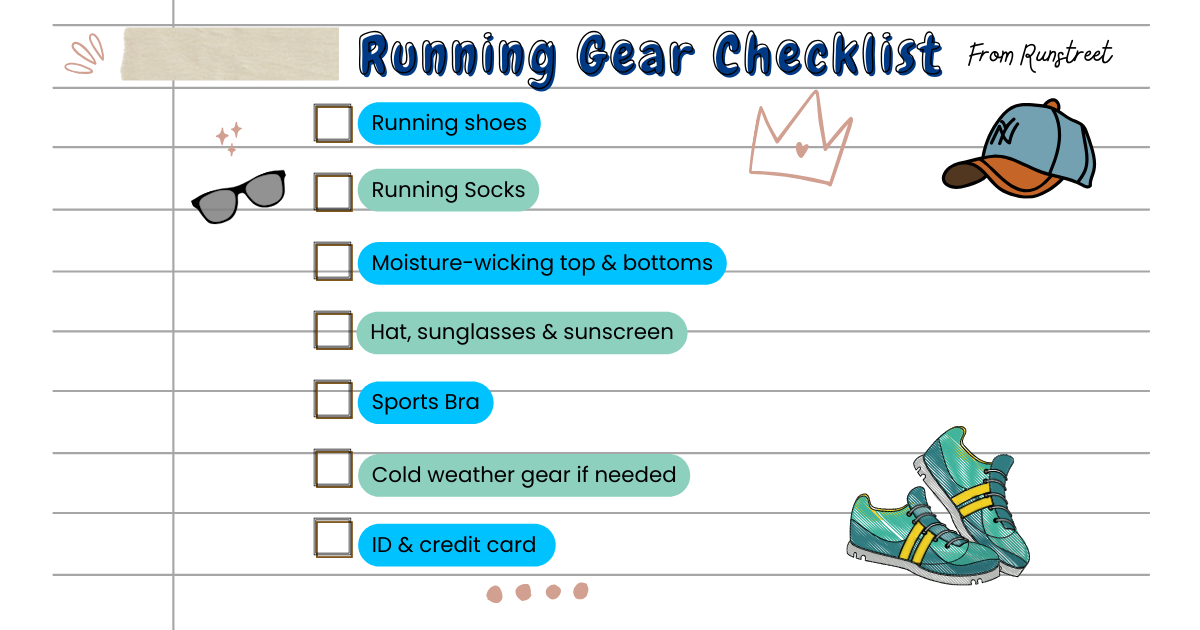Beginner 5K Training Plan from a Running Coach
Photos by Marques Jackson Photography.
By Marnie Kunz, NASM-certified trainer, USATF- RRCA-certified running coach
If you need a beginner 5K training plan, this is a 9-week program I designed to help beginners go from walking to running a 5K. Running a 5K is a great fitness accomplishment, and takes some planning to build up your fitness level. A good training plan will help you go from not running to running for 5 kilometers (or 3.1 miles). When starting out with distance running, building your endurance slowly is crucial for staying injury-free. This beginning 5K plan gradually adds more running to your workouts so you can run a 5K after 9 weeks of training. Are you ready to conquer your next 5K? Let’s get started!
Related Posts: 10 Tips on Learning How to Run from a Coach
Benefits of Following a 5K Training Plan
Whether you’re just starting with running or returning after a break, a training plan gives you a map for running success. A well-made plan will take into account certain training principles (such as progressive overload) and give you strategic workouts that will build your endurance and fitness level while minimizing your risk of injuries. Here are some of the benefits of following a 5K training plan:
Structure and accountability. A beginner 5K training plan gives you a structured plan that allows you to follow the plan without worrying about what to do for your workouts. A training program also gives you accountability, so you have a record of what you must do for each workout.
Motivation. A professionally designed training plan offers extra motivation since you have a blueprint for success. Having a running plan increases your chances of sticking to your fitness program.
Better running performance. A 5K training program will improve your fitness, running pace, and performance to prepare you to cross the finish line with a great race day experience, whether it's your first race or your tenth one.
Reduced risk of injury. Many runners do too much too soon when training for a 5K, a common recipe for injury. A well-structured 5K training plan will build your mileage gradually and have rest days built into your training schedule to reduce your risk of overtraining and injuries.
Related Post: What Is Overtraining and How to Avoid It
Beginner Couch to 5K Training Plan - 9 Weeks
Running gear checklist.
This beginner 5K training plan will take you from not running to being able to run a full 5K (3.1 miles). Before you begin, make sure you have a good pair of running shoes and your doctor’s approval to start a running-based fitness program. A great benefit of running is that you can do it almost anywhere and for free, so you only need a training plan. You can DOWNLOAD THE FULL TRAINING PLAN HERE.
Using a running app or fitness tracker like a Garmin watch is helpful to track your runs. This will help you stay accountable and motivated in your training.
Related Post: 15 Best Running Apps That Are Free
Weeks 1-4: Building a Fitness Base
The first month of your running plan will focus on building your aerobic fitness level. Following a run-walk program will strengthen your heart and muscles and improve your fitness base. During this training period, you will also get into the routine of working out for 30-minute sessions.
The base building phase is especially crucial if you're a beginner runner. During this phase, you will be doing run-walk intervals and easy running at a base run pace. This will be your natural, relaxed pace running speed. If you train by heart rate, you will be doing Zone 2 training, which is at 60 to 70 percent of max heart rate, similar to an easy jog pace.
Before your workouts, I recommend doing some dynamic stretches to help warm up your muscles. Dynamic stretches involve movement and going through a wide range of motion in your joints. Check out my article on the Best Dynamic Stretches for Runners for some simple stretches to do before your workouts.
Weeks 5-8: Improving Endurance
Following your 5K plan will help you hit your running goal.
The second phase of this beginner 5K training plan is to build running endurance. As your run times increase, your walking periods will get shorter. This will train your body to run more, inching closer to 5k of running.
Consistency makes all the difference with running, so sticking to your workout program is essential at this time. If you miss a workout, don’t beat yourself up, but get back on track the next day with the scheduled workout. For extra motivation during this period, you may want to run with someone (or your dog), make a killer playlist, and reward yourself after completing each week of training.
Week 9: Tapering and Race Day
The final week of your beginner 5K training plan includes tapering, which is reducing your training to allow your body to be fully rested for race day. You will have shorter workouts this final week. It’s a great time to practice some relaxation techniques and prepare your mind for an incredible 5K race.
For race day, make sure you eat a meal that you’re used to having while training, and don’t try any new clothes or shoes on race day. Stick to the tried and true shoes, clothes, and food that work well for you in training. Arrive at your race early (at least an hour before the race) to give yourself time to use the restroom, warm up, and do some dynamic stretches before the race. Have a great race!
5K Training Tips for Beginners
These tips can help you stick to your beginner 5K training plan and make the most of your workouts.
Partner up. Enlist a friend, family member, or your dog to go with you on some of your training runs. You’ll enjoy the bonding time while building your endurance.
Wear moisture-wicking running gear. Dress in layers with sweat-wicking materials, and you’ll stay comfortable on the run.
Add a soundtrack. Create a motivating playlist for your solo workouts to get you pumped up.
Track your runs. Use a running app or fitness tracker to track your workouts. This will help you follow your training plan and stay accountable.
Aim for consistency. The most crucial determinant of training success is consistency. Once you get in the habit of your workouts, you will have won half the battle. If you miss a workout, return to training the next day. This will help you build stamina as you start doing your longer runs.
Do cross-training workouts. Cross training for runners means any workouts that are not running. Some especially helpful, low-impact cross training workouts for runners include walking, yoga, pilates, cycling, and swimming. Do at least one cross-training day per week to give your body a break from running while maintaining your fitness level.
Strength training is essential to help athletes become better runners. Adding just two strength training workouts per week to your training will make a big difference for all levels, from new runners to advanced runners. Try this free home workout routine for some of the best exercises you can do at home.
Reward yourself for milestones. Finish your first whole week of training or your first month? Reward yourself with something you enjoy, such as self-care time or a massage.
Let someone know where you’ll be running. This is a safety precaution that ensures if an emergency happens, your loved ones can locate you. Many running apps have safety features so you can share your location using your phone.
Have fun! You’ll enjoy better moods, more energy, and more confidence from completing your training program. Celebrate your successes, and remember why you’re doing this. For many people, running a 5K is a great health goal and a way to stay motivated.
Need a customized training program or an intermediate 5K plan to slay your running goals? Head to the Runstreet Training Center, and I’ll gladly help you. Happy running to you!
Related Posts: 5 Speed Workouts for 5K Success, Average 5K Time and How to Get Faster, 10 Unique 5K Races in the U.S. to Add to Your Bucket List, 25 Running Tips for Beginners
Marnie Kunz is a NASM-certified trainer and USATF- and RRCA-certified running coach based in Brooklyn, NY. Marnie likes helping people get and stay active to enjoy a better quality of life. When she’s not doing fitness things, Marnie enjoys exploring with her dog, a mischievous rescue Akita.




